When it comes to accurate shooting, bore sighting and zeroing are two of the most important steps to take. Knowing the difference between them, and understanding how to do each properly, can make a world of difference in ensuring your firearm is accurate and ready for use.
Bore sighting and zeroing are different processes, but they both have the same end-goal of making sure your firearm is properly and accurately sighted in. While bore sighting is the simpler of the two, zeroing is the more critical process.
In this blog post, we will explain the differences between bore sighting vs zeroing, when each should be done, and how to execute each process. Through a better understanding of bore sighting and zeroing, you can ensure your firearm is always accurate and ready for use.
What is Boresighting?
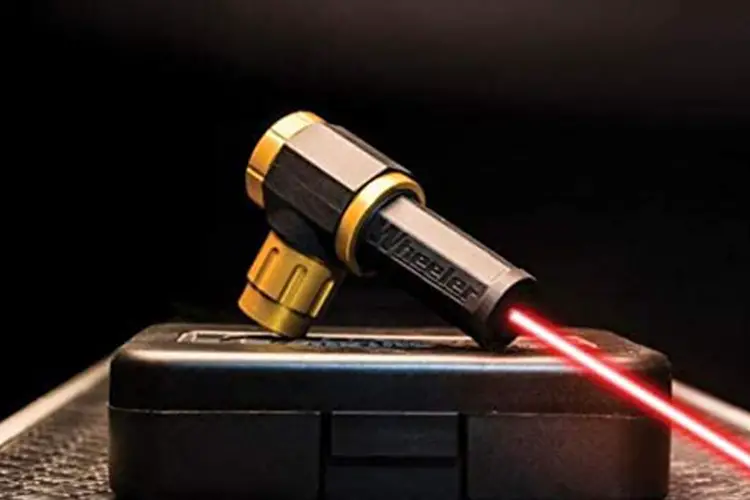
So, what does bore sighting mean?
Boresighting is the process of matching a weapon’s bore with the reticle (the crosshairs or other aiming point) of the weapon’s optic. A boresight tool is commonly used for this technique. These tools are tiny and fit into the gun’s muzzle. They generally project a laser beam, which is subsequently aligned with the optic’s reticle. In principle, this should line the weapon’s barrel with the reticle.
One of the benefits of boresighting is that it is quick and easy. You only need a boresight instrument and an optic to bore sight your weapons in a matter of minutes. That is an excellent technique to acquire an approximate zero on your weapon before going to the range.
Yet, there are certain disadvantages to boresighting. One of the most important is that it simply aligns the weapon’s barrel with the reticle of the optic, not the actual point of impact. This implies that even if you bore sight your weapon, it may not strike the target. Moreover, boresighting is only effective at short range, and accuracy decreases as range rises.
What is Zeroing?
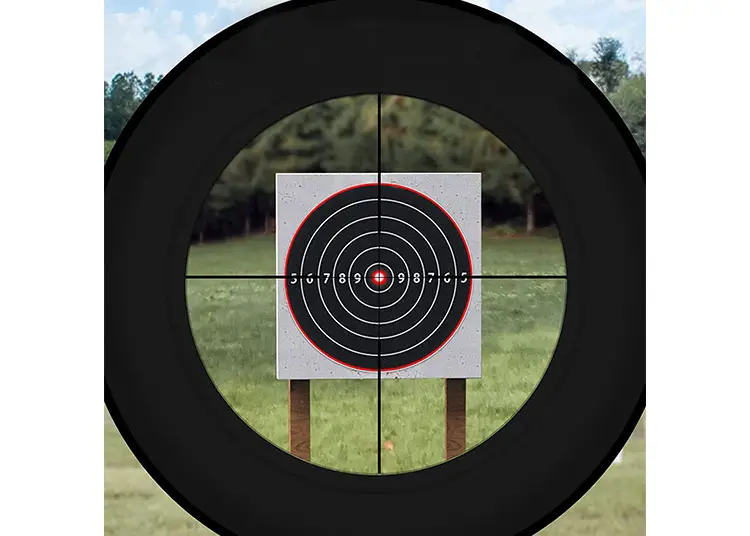
Zeroing is an essential part of weapon alignment, helping to ensure that the point of impact matches the point of aim. By adjusting the elevation and windage turrets of the optic, you can set the weapon to zero at a range of your choosing–typically 100 yards. Through this adjustment, you can keep your shots on target.
One of the advantages of zeroing is that it aligns the point of impact with the point of aim, which is crucial for accurate shooting. Additionally, zeroing can be done at a variety of ranges, which means you can zero your weapon for the specific distances you’ll be shooting at.
Nevertheless, there are some minor difficulties with zeroing. Notably, it can require more patience, especially when you’re honing your aim at more distant distances. Additionally, access to a range with known distances and a target isn’t always feasible for all.
Difference Between Boresighting vs Zeroing
Whilst zeroing and boresighting can both be employed to sharpen the accuracy of your firearm, they do so in different ways. The former is a speedy and effortless approach to link up the bore of the weapon with the reticle of the optics, though it does not precisely match the point of contact with the point of goal. As opposed to that, zeroing does synchronize the point of contact with the point of aim, but it necessitates more time and a range with established distances and a target.
In terms of accuracy, zeroing is the clear winner. By adjusting the point of impact to match the point of aim, you’ll be able to hit your target more accurately at a variety of ranges. Boresighting can be a useful tool for getting a rough zero, but it should not be relied upon for accurate shooting at longer distances.
Here is a table to help you quickly understand the differences between boresighting vs zeroing.
| Boresighting | Zeroing | |
| Process | Quick and easy | More time-consuming |
| Method | Aligns bore with reticle | Aligns point of impact with point of aim |
| Accuracy | Decreases with range | Maintains accuracy at a variety of ranges |
| External Ballistics | Does not account for external ballistics | Accounts for external ballistics |
| Convenience | Can be done at home | Requires range with known distances and a target |
| Fine-tuning | Rough zero, may require additional adjustments at the range | Allows for fine-tuning at the range |
| Tools Needed | Boresight tool | Ammunition, target, optic adjustment tools |
Advantages And Disadvantages Of Zeroing Vs Boresighting
Boresighting
Advantages
- Quick and easy process
- Can be done at home with a boresight tool
- Useful for getting a rough zero before heading to the range
Disadvantages
- Only aligns the bore with the reticle, not the actual point of impact
- Accuracy degrades as range increases
- Cannot account for external ballistics
Zeroing
Advantages
- Aligns the point of impact with the point of aim for accurate shooting
- Can be done at a variety of ranges for specific distances
- Accounts for external ballistics
Disadvantages
- More time-consuming than boresighting
- Requires a range with known distances and a target
- May require multiple trips to the range for fine-tuning
The Role of External Ballistics
In addition to boresighting and zeroing, external ballistics also play a crucial role in weapon accuracy. External ballistics refer to the movement of the projectile after it leaves the weapon, including factors such as gravity, wind, and air resistance. Understanding and accounting for these factors is crucial for accurate shooting, especially at longer ranges.
When zeroing your weapon, it’s important to take external ballistics into account. For example, if you’re zeroing your weapon at 100 yards, you’ll need to adjust for the trajectory of the projectile at that range. This may involve adjusting the elevation turret to compensate for the drop of the projectile over that distance.
Zeroing vs Boresighting – Which One Do You Need?
The answer to this question really depends on what you’re using your weapon for and what your specific needs are. Here are our recommendations for different scenarios:
- If you’re a beginner and would like a basic point of reference for your firearm before heading to the shooting range, boresighting is an ideal choice.
- If you are a passionate hunter or competitive shooter looking for the most precise shots, then zeroing is the answer to your quest. Though it may take more effort and time, zeroing will give you the utmost satisfaction in the woods or on the competition course.
- For folks who simply like to hit the range now and then, either approach will suit you. If you’d like to get up and running promptly, boresighting is an excellent choice. But if you crave the highest level of accuracy, zeroing is the optimal option.
Conclusion
Boresighting and zeroing are both valuable methods for improving the accuracy of your weapon. Between boresighting vs zeroing, the latter provides the most accurate results. However, boresighting is swifter and more straightforward. Ultimately, the shooter is left to determine which technique is most suitable for their purposes.

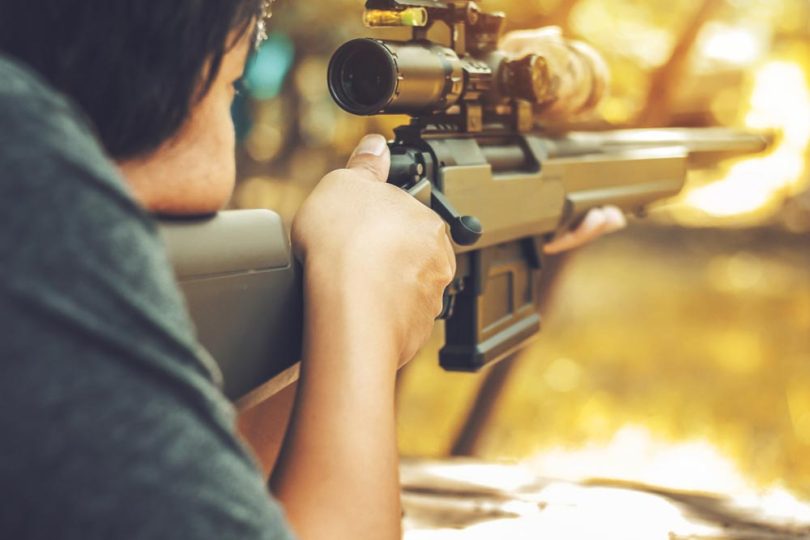



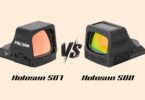
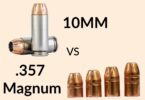


Leave a Comment